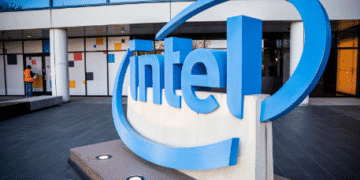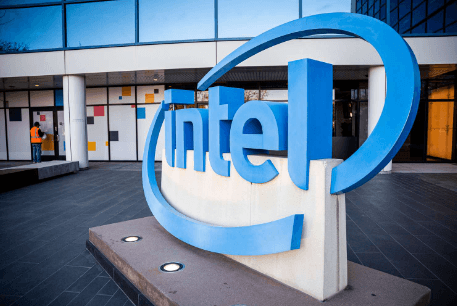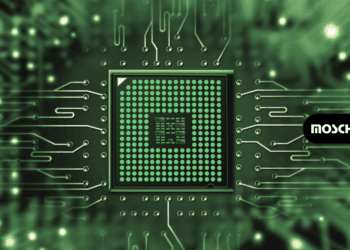Athira Sethu
Kochi, 19 September 2025
Nvidia, the global leader in producing AI chips, said Thursday it will spend $5 billion investing in Intel, which provides fresh hope to the ailing U.S. chipmaker. This follows closely on the heels of the surprise move by the U.S. government last month in taking a 10% stake in Intel in order to help the company stay afloat.
This investment makes Nvidia a major shareholder of Intel, holding around 4% of its shares. Intel’s share price rose by 23% instantly upon the news, indicating investors’ eagerness.
Intel’s troubling Odyssey:
Intel was the dominant force in the world chip market, championing Silicon Valley with pride. Recently, however, it has lagged behind competitors such as Nvidia, AMD, and Taiwan’s TSMC.
In March, Intel made Lip-Bu Tan CEO, but his tenure was soon criticized by President Donald Trump for fears about Chinese connections. That scandal ultimately saw the U.S. government take a direct interest in Intel.
Now, with Nvidia support, Intel is being given a second chance at revival.
What does the deal mean?
The new deal is not all about money. Intel and Nvidia will collaborate on designing new chips for PCs and data centers. Crucially, Intel will contribute processors and packaging for these collaborative products while Nvidia maintains its dominance with its dominant AI chips.
Nevertheless, Intel won’t produce chips for Nvidia directly yet. Yet, most experts believe if Intel’s foundry (chip factory) business is going to last, it needs to land large customers like Nvidia or Apple.
Nvidia said it paid $23.28 a share for Intel stock. That is slightly lower than Intel’s closing price but higher than what the U.S. government paid previously.
Why is this a big deal?
Experts say this alliance would change Intel’s future. By teaming up with Nvidia, Intel can recapture importance in the rapidly expanding AI sector, currently led by Nvidia.
There are risks, though. TSMC, which now produces Nvidia’s latest chips, will lose orders if Intel regains strength. AMD and Broadcom, other American chipmakers, would also experience increased competition.
For the time being, investors view it as a game-changer. Intel, which appeared to be lagging behind, is being repositioned as a key player in the age of AI.
Although it remains to be seen when the first collaborative products will hit the market, this much is certain: Nvidia’s $5 billion gamble offers Intel a second opportunity to shine.




















